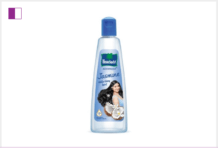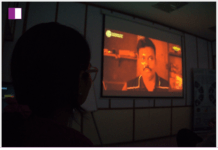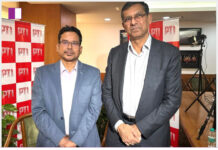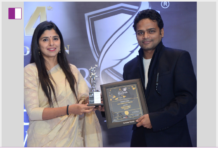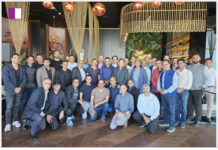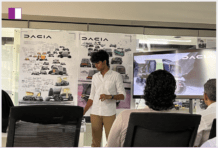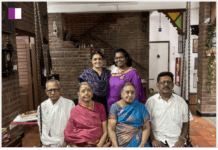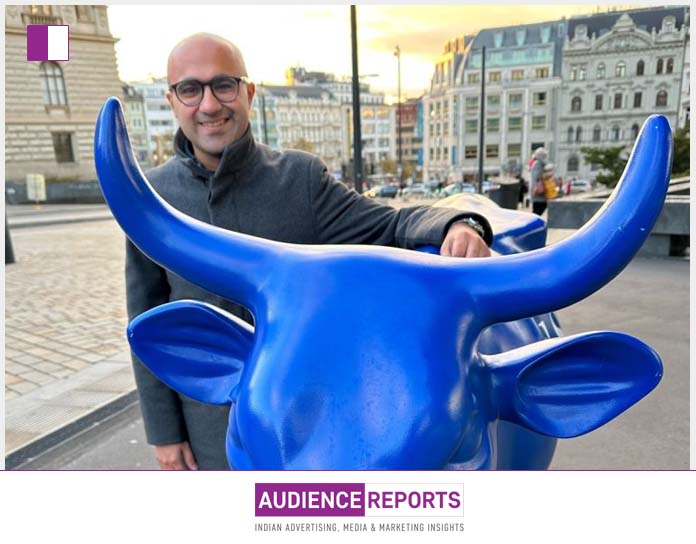Sarthak Ahuja, an accomplished professional in the realms of Investment Banking M&A, Virtual CFO, and an ISB Gold Medalist, recently shared a fascinating post on his LinkedIn profile. The post delves into a unique facet of India’s economic landscape – the introduction of Cow Dung Paint. In a market dominated by giants like Akzo Nobel (Dulux), Asian Paints, and Berger, the government’s initiative to replace a portion of the paint market with an eco-friendly alternative derived from cow dung is not only innovative but also poised to impact rural economies positively. Sarthak Ahuja sheds light on the potential of this initiative, revealing its economic, environmental, and social implications.
Sarthak Ahuja’s post opens with a captivating question, immediately piquing the curiosity of his LinkedIn audience. The revelation that Cow Dung Paint is projected to sell worth Rs 6000 crores in India in a year sets the stage for a deeper exploration of this unconventional but potentially transformative endeavor. The juxtaposition of traditional materials like cow dung with the modern industry of paints showcases the dynamic nature of India’s economic evolution.
The Indian paints market, estimated to be around USD 9.6 Bn in 2024, has long been dominated by established players. Sarthak Ahuja brings attention to the top players in the market, such as Akzo Nobel (Dulux), Asian Paints, and Berger, to provide context to the disruption caused by the introduction of Prakritik Paint under the Khadi brand by KVIC (Khadi and Village Industries Commission). This move not only aims to make paints eco-friendly but also seeks to bolster the income of farmers by utilizing cow dung, a resource readily available in rural areas.
The post delves into the composition of the Cow Dung Paint, emphasizing its purported benefits – anti-bacterial, anti-fungal, odorless, and toxin-free. Sarthak Ahuja elucidates the process of creating the paint, from drying and crushing cow dung into fine powder to blending it with pigments, thickeners, and binding agents. The choice of cow dung as the main raw material, available at little to no cost in rural areas, aligns with the government’s objective to promote sustainability while contributing to the rural economy.
A notable aspect highlighted by Sarthak is the economic incentive for farmers. KVIC has committed to paying Rs 5 for a kilo of cow dung, presenting an opportunity for farmers to earn an additional income. With an average cow producing 25 kgs of dung daily, this initiative could potentially generate Rs 3500 per month for a farmer, showcasing the dual impact of environmental sustainability and economic empowerment.
The financial dynamics of the Cow Dung Paint industry come into focus as Sarthak Ahuja provides insights into the pricing of the paint. With 1 litre of distemper paint selling for approximately Rs 230 online, the potential for profitability becomes evident. The post also touches upon the government’s support through an MSME scheme, offering funding for setting up paint manufacturing plants with a capacity of 500 liters per day.
Drawing parallels with the iconic Amul model, Sarthak Ahuja highlights the emergence of multiple cow dung paint manufacturers, signaling a trend reminiscent of successful cooperative models. The potential for growth and impact on a national scale is underlined as KVIC extends access to its network of 8600 Khadi outlets across India, mirroring the success of Amul’s extensive reach.
As the post concludes, Sarthak Ahuja draws attention to the unawareness prevalent in metropolitan areas about the transformative developments happening in rural Bharat. The juxtaposition of the traditional practice of using cow dung with the modern industry of paint production serves as a powerful metaphor for the coexistence of tradition and innovation in India’s economic landscape.
Sarthak Ahuja’s LinkedIn post not only sheds light on the burgeoning Cow Dung Paint industry but also serves as a reminder of the diverse and dynamic economic initiatives shaping the future of India. Through his informative and engaging post, he unveils a colorful canvas where sustainability, economic empowerment, and traditional practices converge to create a unique and promising facet of the country’s economic tapestry.




